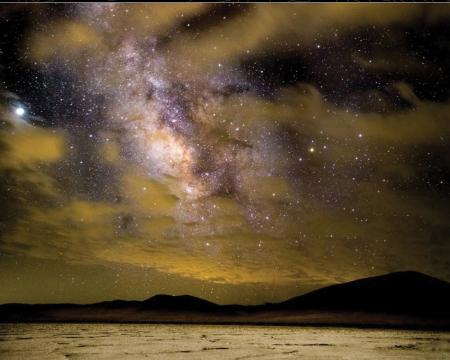Night Sky and Dark Environments: Best Management Practices for Artificial Light at Night on BLM-Managed Lands

BLM Technical Note 457
Outdoor lighting at night is considered essential to modern human life. It allows us to safely extend our daytime activities into the night hours. Without proper precautions, the addition of artificial light at night can change the natural night sky conditions and affect scenic, historic, cultural, scientific, recreational, and ecological values that depend on darkness and dark night skies. The mission of the Bureau of Land Management (BLM) is to sustain the health, diversity, and productivity of the public lands for the use and enjoyment of present and future generations. BLM-managed lands provide differing types of activities, developments, and visitor services that include outdoor lighting where appropriate to provide for worker and visitor safety, security, and enjoyment. Due to growing public concern and research available about light pollution, this technical note provides a set of best practices for outdoor lighting. The information comes from research and practical experience published by industry and other sources and provides knowledge on the relationships between dark night skies and scenic, historic, cultural, scientific, recreational, and ecological values. This technical note provides an easy reference for a variety of ways the BLM can protect night skies and dark environments by reducing or avoiding sources of light pollution from BLM-managed lands to maintain visible clarity of night skies and ensure a healthful dark environment for wildlife and people.
